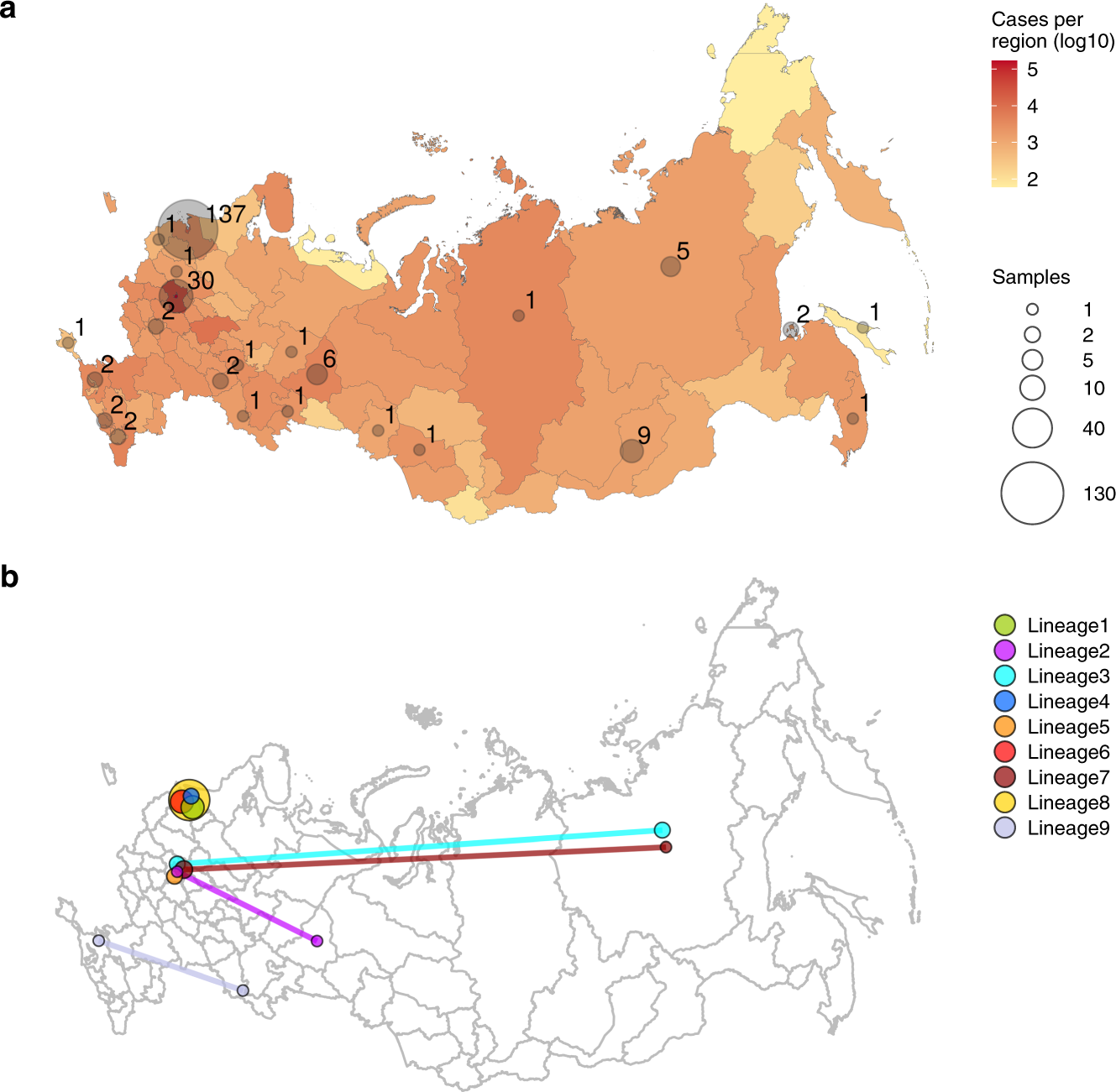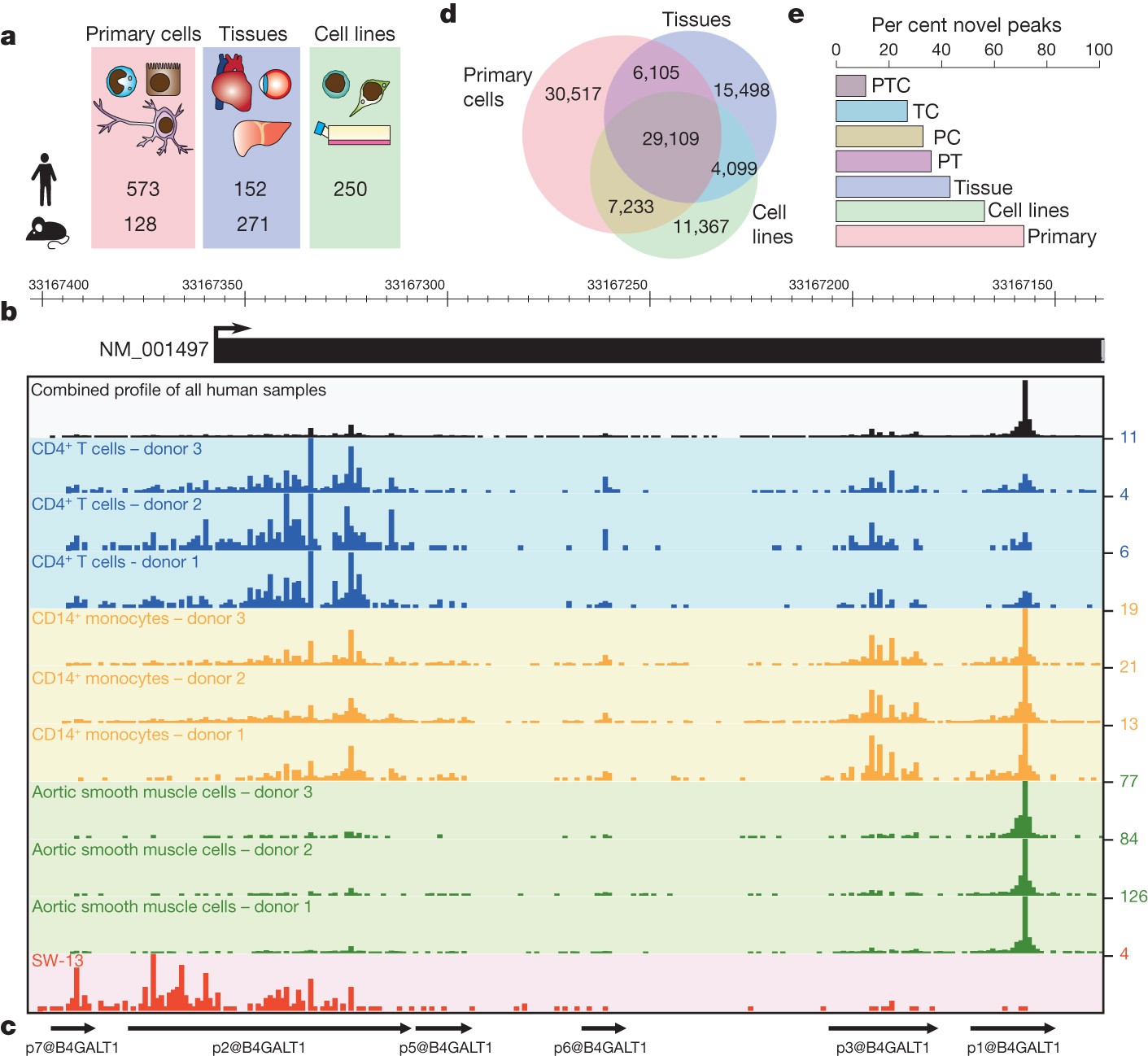

- HOW DO I UDE STREET ATLAS 2015 PDF
- HOW DO I UDE STREET ATLAS 2015 FULL
- HOW DO I UDE STREET ATLAS 2015 ZIP
- HOW DO I UDE STREET ATLAS 2015 DOWNLOAD
HOW DO I UDE STREET ATLAS 2015 DOWNLOAD
Prior to downloading any ADI dataset, please read the download instructions.įor additional information about the ADI, please read our FAQ. The Download function allows you to download ADI rankings by different geographic regions.
HOW DO I UDE STREET ATLAS 2015 PDF
HOW DO I UDE STREET ATLAS 2015 FULL
Neighborhoods may be ranked relative to the full nation or relative to other neighborhoods within just that one state. This will show areas of relatively high disadvantage as well as areas of moderate to less disadvantage.
HOW DO I UDE STREET ATLAS 2015 ZIP
As such, we can only recommend linking the ADI to census block groups as other geographic units (including 5-digit zip codes, ZCTA, and others) will not be valid. In the case of the ADI the Census Block Group is the geographic unit of construction, as the Census Block Group is considered the closest approximation to a "neighborhood". The choice of geographic units will also influence the ADI value. All limitations of the source data will persist throughout the ADI - results are subject to the accuracy and errors contained within the American Community Survey data release

For example, the 2018 ADI uses the ACS data for 2018, which is a 5-year average of ACS data obtained from 2014-2018. The ADI is limited insofar as it uses American Community Survey (ACS) Five Year Estimates in its construction. "Neighborhood" is defined as a Census Block Group. It can be used to inform health delivery and policy, especially for the most disadvantaged neighborhood groups. It includes factors for the theoretical domains of income, education, employment, and housing quality. It allows for rankings of neighborhoods by socioeconomic disadvantage in a region of interest (e.g. The Area Deprivation Index (ADI) is based on a measure created by the Health Resources & Services Administration (HRSA) over three decades ago, and has since been refined, adapted, and validated to the Census Block Group neighborhood level by Amy Kind, MD, PhD and her research team at the University of Wisconsin-Madison. Area Deprivation Index predicts readmission risk at an urban teaching hospital. J Racial Ethn Health Disparities 2018 5(4): 782-786 Neighborhood disadvantage is associated with high cytomegalovirus seroprevalence in pregnancy. Neighborhood socioeconomic disadvantage and 30-day rehospitalization: a retrospective cohort study. Neighborhoods, obesity, and diabetes– a randomized social experiment. Ludwig J, Sanbonmatsu L, Gennetian L, et al. Social conditions as fundamental causes of disease. The 20 ADI are available through the Download section The Neighborhood Atlas website was created in order to freely share measures of neighborhood disadvantage with the public, including educational institutions, health systems, not-for-profit organizations, and government agencies, in order to make these metrics available for use in research, program planning, and policy development. Health interventions and policies that don't account for neighborhood disadvantage may be ineffective 1. Living in a disadvantaged neighborhood has been linked to a number of healthcare outcomes, including higher rates of diabetes and cardiovascular disease, increased utilization of health services, and earlier death 1-5.


 0 kommentar(er)
0 kommentar(er)
